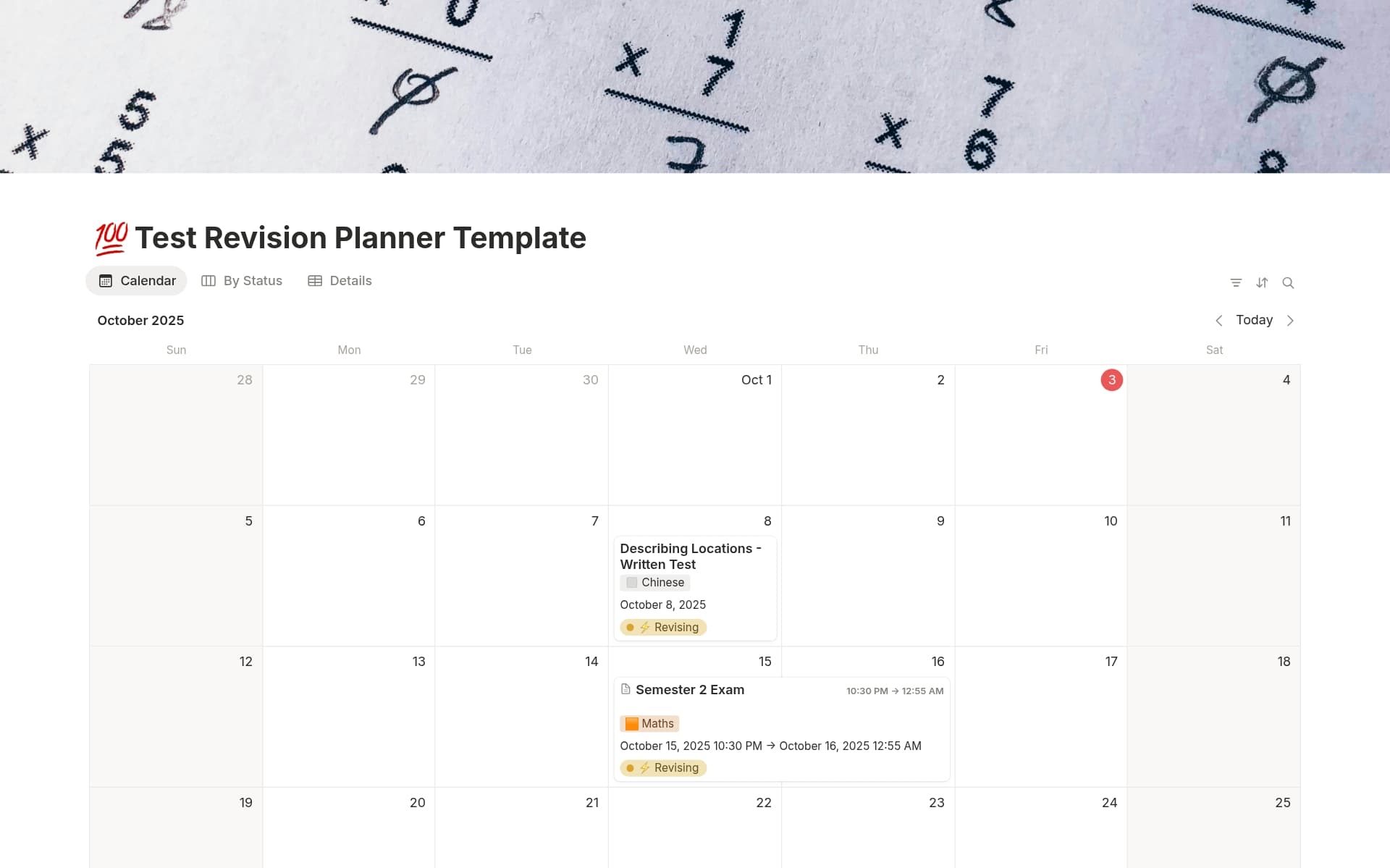For robotics engineers, accurate documentation and analysis of incidents are indispensable for the iterative improvement of robotics systems and protocols. An Incident Report template facilitates the organized collection of details pertinent to each incident, such as its context, impact, and resolution steps, thereby streamlining the post-incident review process. Before embarking on creating your personalized Incident Report template, consider exploring these available templates to simplify your task.
What Should Incident Report Templates Include?
Choosing the right Incident Report Template is crucial for efficiently documenting and analyzing incidents. Here are key components to look for in a high-quality template:
Clear Incident Categories: The template should have predefined categories to classify incidents, which helps in organizing and retrieving incident data effectively.
Detailed Description Fields: Adequate space for detailed descriptions is essential. This allows for a thorough understanding of each incident, facilitating better future prevention strategies.
Action Taken Section: It should include a section to document the immediate actions taken post-incident, which is vital for incident resolution and legal documentation.
Follow-up Actions: A section dedicated to tracking follow-up actions ensures that all preventive measures are implemented and helps in risk management.
Selecting a template with these components will enhance your ability to manage and analyze incidents effectively, ensuring continuous improvement in safety protocols.
What Should Incident Report Templates Avoid?
Choosing the right incident report template is crucial for effective documentation and analysis. However, certain elements can detract from the template's utility and should be avoided:
Overly Complex Layouts: Templates with too many sections or complicated designs can confuse users, leading to incomplete or incorrect entries.
Irrelevant Fields: Including fields that are not applicable to most incidents can result in clutter and wasted time. Tailor the template to the essentials.
Static Content: Avoid templates that do not allow customization. Incident reports might need adjustments based on specific cases or evolving needs.
Selecting a template that avoids these pitfalls will streamline the reporting process, ensuring clear, concise, and useful incident documentation.




